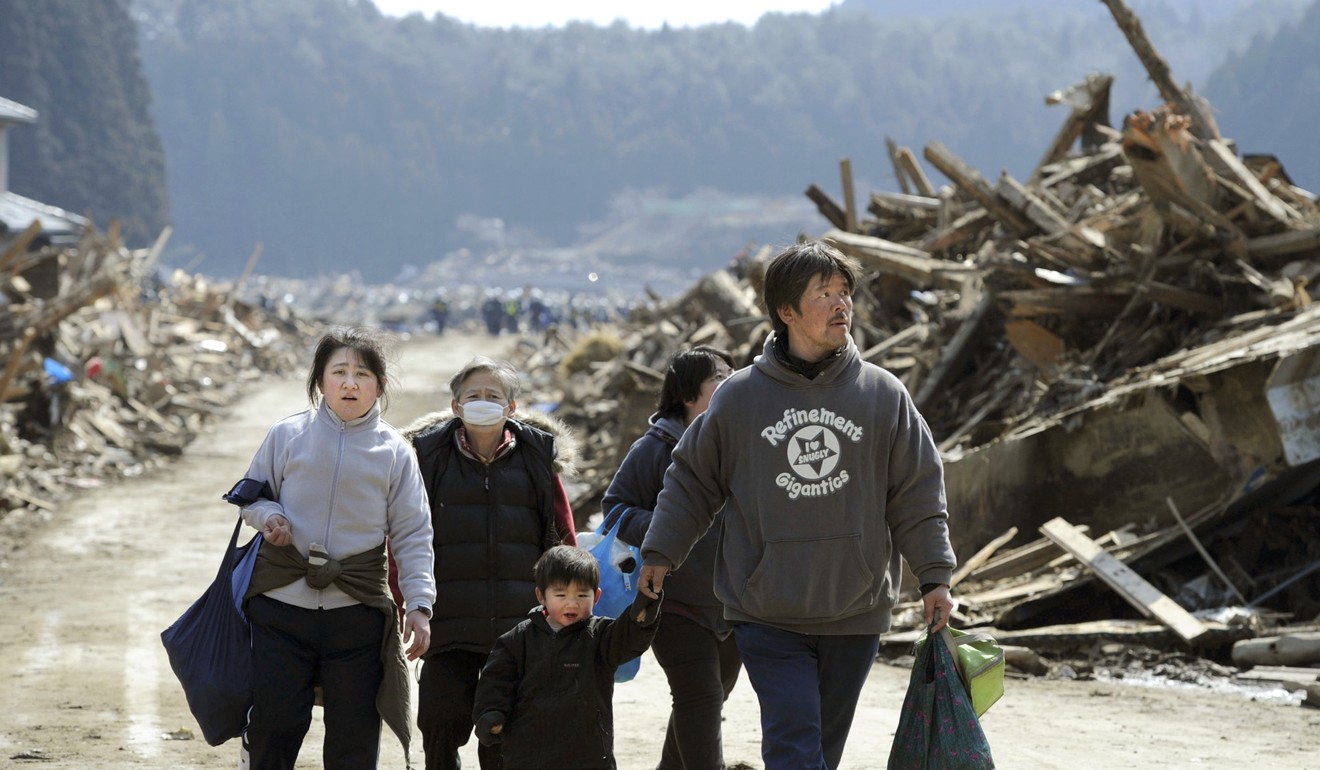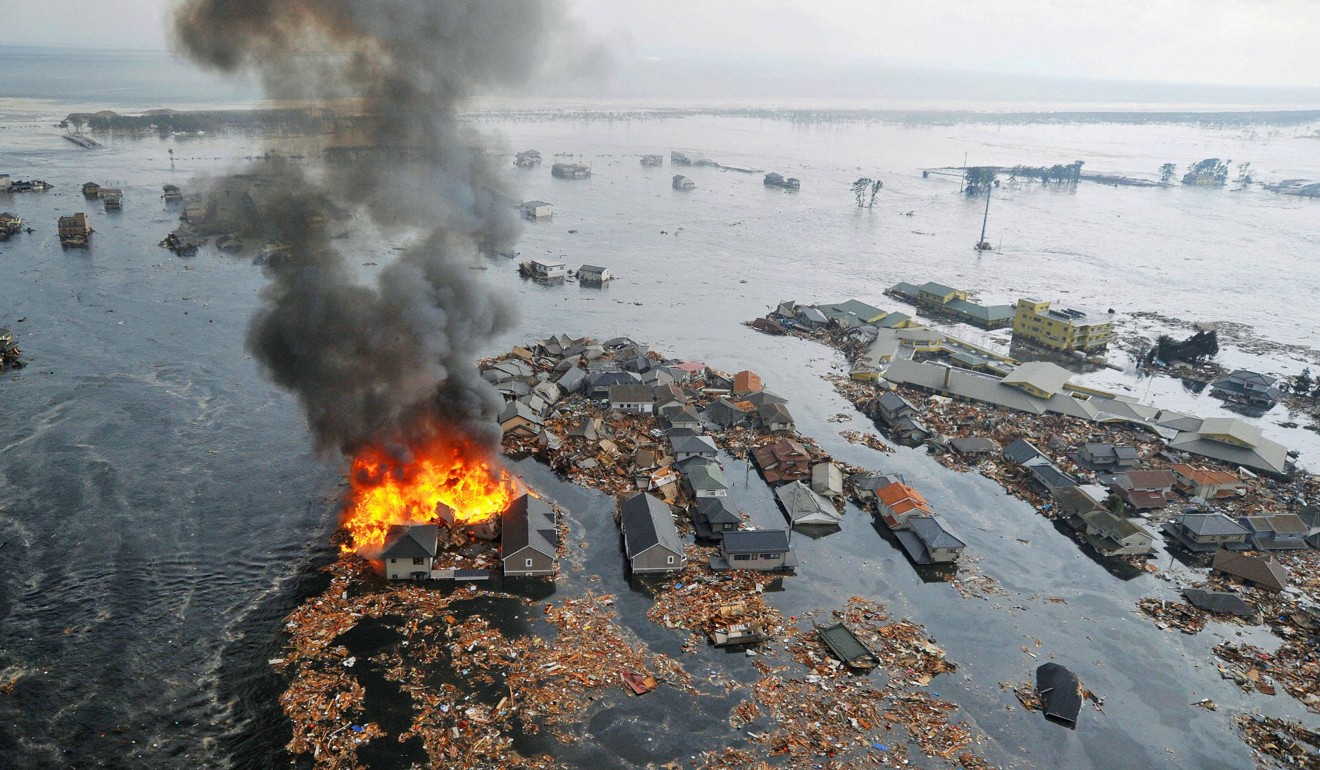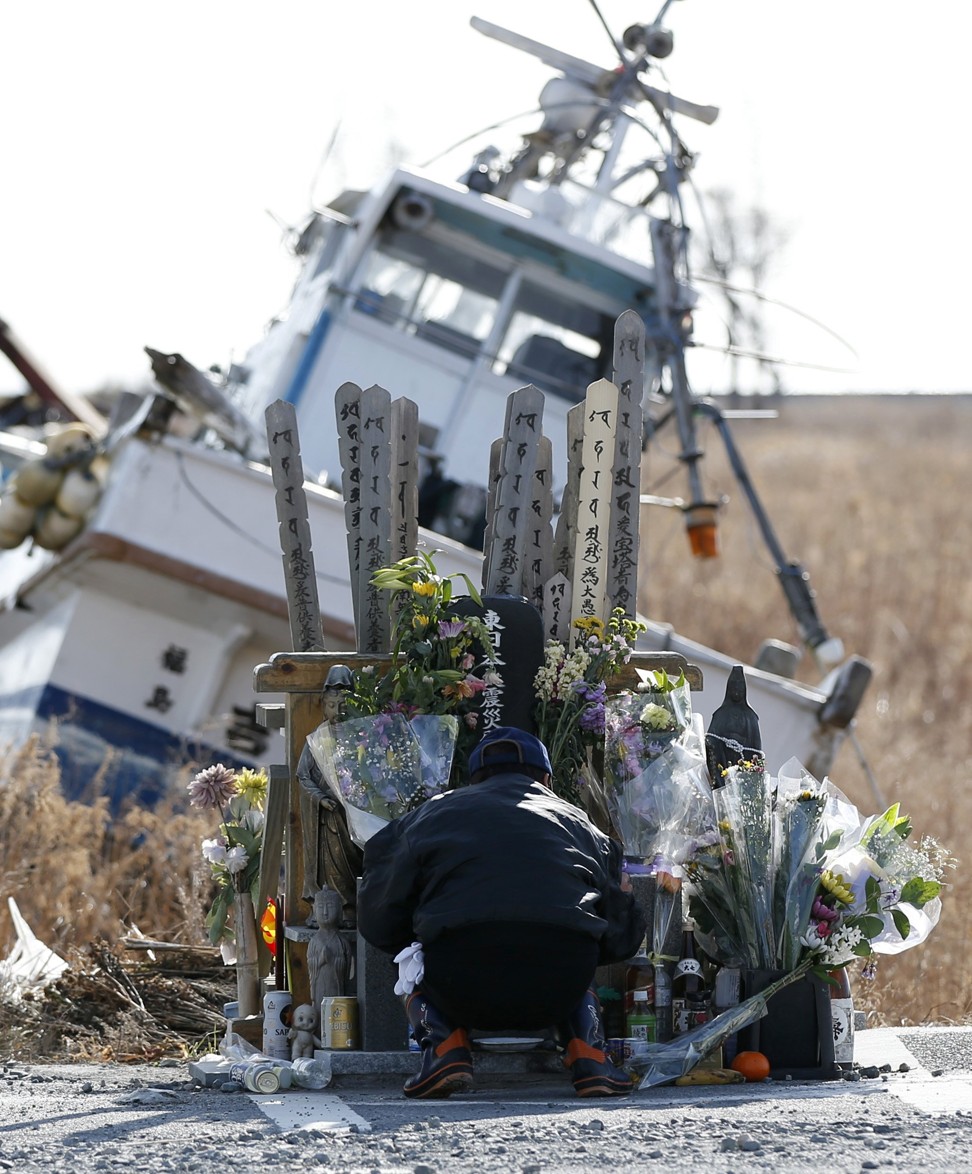
‘There is hope here’: Fukushima wants tourists to look beyond the legacy of 2011 nuclear meltdown
Fukushima residents balk at the suggestion that they are victims – a label that ignores the pockets of economic activity sprouting up in communities where radiation levels have been brought down to government-set targets
Even now, almost eight years after a deadly earthquake and tsunami triggered a meltdown at the Fukushima Daiichi nuclear power plant, the disaster’s physical legacy is impossible to avoid.
The shells of gutted homes stand in barren rice paddies that lay in the path of waves that killed more than 18,000 people across three prefectures in northeast Japan – including 1,600 in Fukushima – on the afternoon of March 11, 2011.
The Fukushima brand may forever be associated with nuclear catastrophe, but some residents, angered by persistent rumours about the dangers of even making brief visits to the area, are turning to tourism to show the world that, for some, life in Fukushima goes on.

“The people around here aren’t happy with the idea they live in a ‘dark’ place,” says Shuzo Sasaki, a prefectural government official who also works as a guide for Real Fukushima, one of several organisations offering tours to small groups of visitors.
“The idea that because this is Fukushima it must be dangerous is completely wrong,” adds Sasaki, who has guided students from the Georgia Institute of Technology and will host a group of Danish high school pupils next year.
Visitors who come for the first time are amazed that there are people actually living here
In one episode, Farrier and several foreign tourists were shown glued to their Geiger counters as they were driven around the area in a minibus, with some becoming visibly distressed when radiation readings spiked.
When they reluctantly ate lunch at a restaurant, Farrier speculated his meal might be contaminated, even though the official threshold for radioactive substances in food from Fukushima is much lower than those in the European Union and the US.
In some decontaminated parts of Fukushima, radiation levels have fallen to the government target of 0.23 microsieverts an hour, or 1 millisievert a year assuming that an individual spends eight hours outdoors and 16 hours indoors each day. By comparison, the global average exposure of humans to ionising radiation is between 2.4 and 3 millisieverts a year.
Karin Taira, a Real Fukushima guide who runs the Lantern House, a guest house in the Odaka district, claims the Netflix documentary overstated the risk posed by radiation and painted an unrelentingly negative picture of the area.
“It gave the impression that this place is hopeless,” she says. “But there is hope here.”
But there are also reminders of the devastation unleashed by the tsunami and the nuclear meltdown.
On a hill overlooking the Pacific Ocean, a memorial lists the names of 182 people who were swept away to their deaths in the town of Namie. Inland, just beyond the tsunami’s destructive reach, is evidence of a different kind of tragedy.

At Kumamachi primary school, just 2km from the wrecked nuclear plant, classrooms appear frozen in time, with books, bags and other possessions abandoned when the order to evacuate was given. Outside, wild grass and weeds are reclaiming streets where wild boar and raccoons roam, untroubled by humans.
Only a small number of the 150,000 people evacuated after the triple meltdown have returned to areas deemed safe by the government. Some parents are concerned about their children’s long-term exposure to radiation, amid evidence that in some areas levels are higher than the government claims. Others have built new lives elsewhere and see no compelling reason to return to areas whose economies were ruined by the disaster.
But a semblance of civic life is returning to some towns and villages, which before the tsunami were known for their farm produce and seafood. This summer, a beach 40km north of Fukushima Daichi reopened after seven years. Farmers are replanting rice and other crops, and fishermen have returned to the sea.

Solar plants have been built in abandoned fields, although they are dwarfed by the estimated 16 million bags containing radioactive topsoil removed from the region during a huge decontamination effort.
Fukushima City will host baseball and football matches during the 2020 Tokyo Olympics and J Village, commandeered in the aftermath of the meltdown to host thousands of workers and their equipment, has been restored to its original role as a football coaching centre.
Years later, why hasn’t Japan learned from Fukushima?
In the town of Okuma, local official Shuyo Shiga and his colleagues are preparing for the opening next April of a new town office, flats and shops following the partial lifting of the evacuation order. There are also loose plans to refurbish traditional Japanese houses and advertise them though Airbnb.
In 2016, 52,764 people visited the area, according to prefectural government figures, more than 92 per cent the number seen the year before the disaster.

“Visitors who come for the first time are amazed that there are people actually living here,” Shiga says.
Takahiro Kanno has seen his hotel, located by the coast in the city of Minamisoma, transform from lodgings for power plant and decontamination workers into a destination for tourists and parties of schoolchildren. “It’s still difficult to encourage people to come, but those who do are amazed to see that people living so close to the nuclear power plant are leading normal lives again.”
Fukushima nuclear disaster from a foreign perspective: German film was shot inside exclusion zone
Nora Redmond, an Australian who was touring the area with her husband Billy and their daughter Ciara, said they had “done their homework” on the risks posed by radiation and had no concerns for their health during the several hours they spent in areas close to Fukushima Daiichi.
“We heard that the region was suffering from depopulation so we thought it would be a good idea to spend some time and money up here,” Redmond says. “I didn’t realise the scale of the devastation, that people’s whole history has gone.

“We must have seen 20 houses being pulled down as we were driving around. You could see the beautiful wooden interiors … and they were being reduced to rubble. That was what struck me most.”
Fukushima residents balk at the suggestion that they are victims – a label that ignores the pockets of economic activity sprouting up in communities where radiation levels have been brought down to government-set targets.
Hong Kong should ease post-Fukushima ban on some Japanese food imports, government says
In Europe, average natural background exposure ranges from below 2 millisieverts a year in Britain to more than 7 millisieverts in Finland, according to the pro-nuclear lobby group the World Nuclear Association.
“It will take years for this and other neighbourhoods to look like they did before the disaster,” Kanno concedes. “In the meantime, we want tourists to come and see for themselves and to learn what life is really like here. But this is just a start.”

